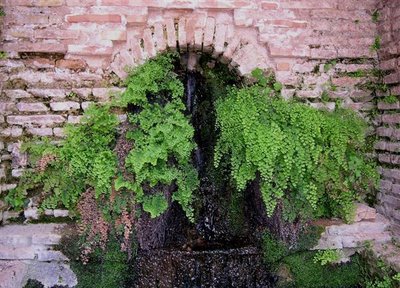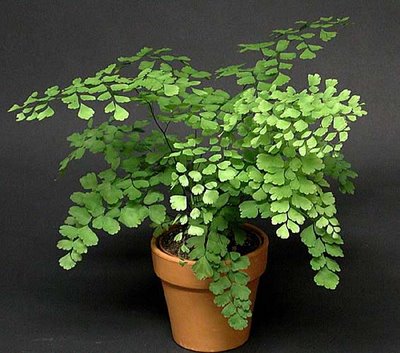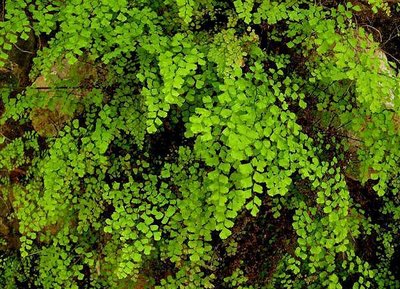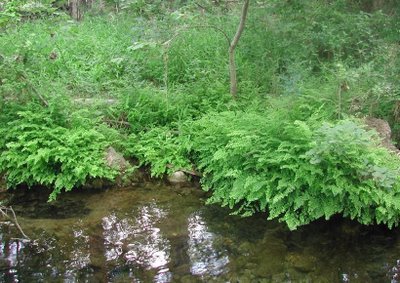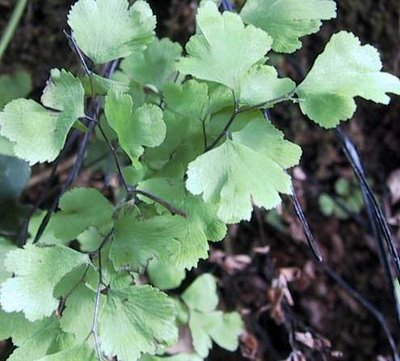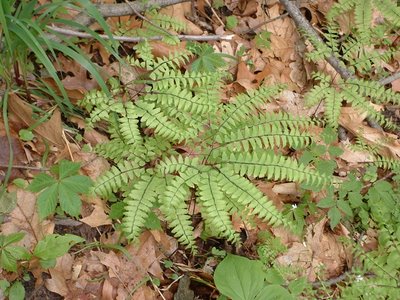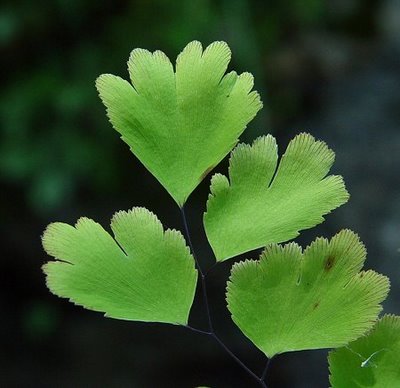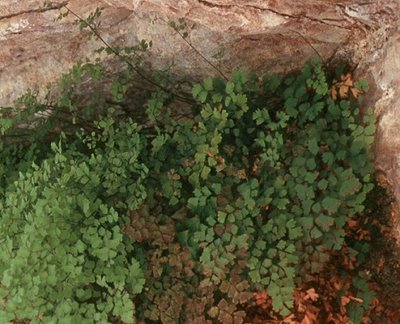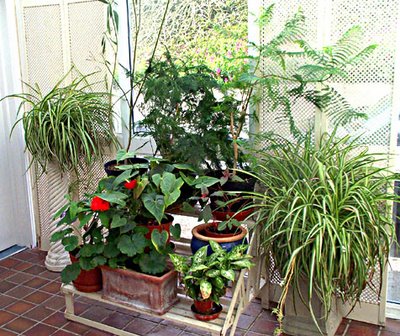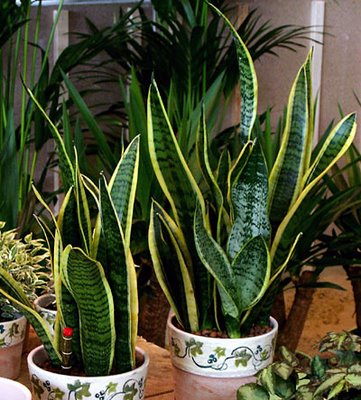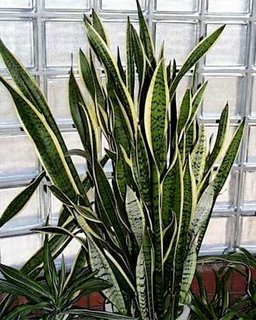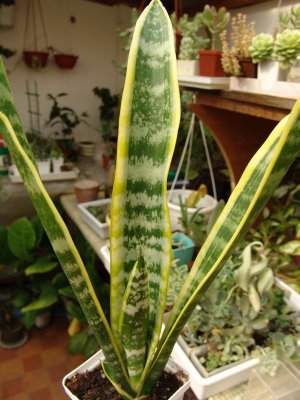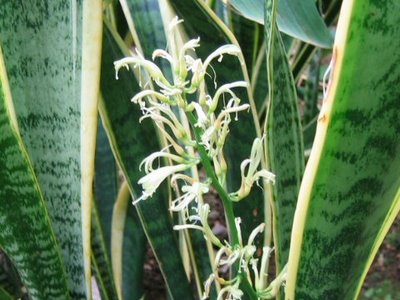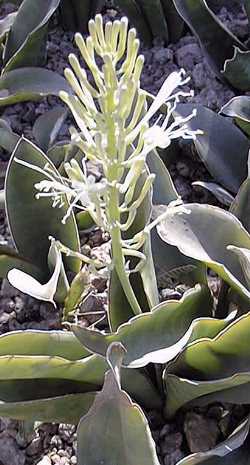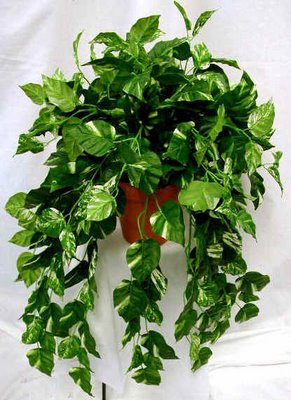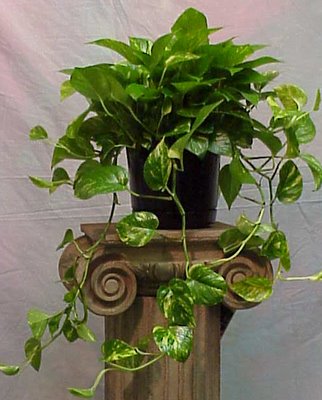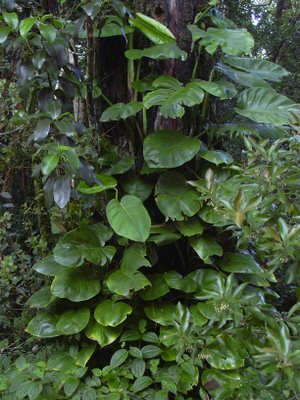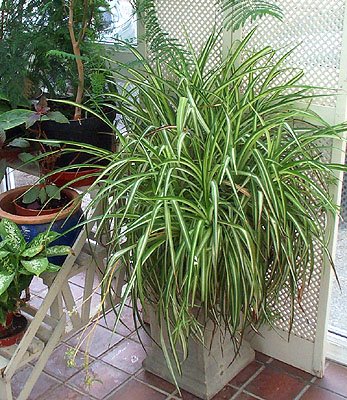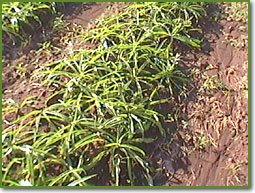Life Cycle Of A Fern

Ferns, unlike some other plants, do not flower in order to propagate. Instead, they reproduce sexually from spores. The life cycle of a fern is very different from the life cycle of many other plants. While many plants grow a mature adult form straight out of the seed, ferns have an intermediate stage, called a gametophyte, which then grows into a mature fern.

There are two distinct stages in the life cycle of ferns. The first stage is that of the gametophyte. Spores are produced on the underside of mature plants. These will germinate and grow into small, hear t-shaped plants called gametophytes (picture on the left). The gametophytes produce both sperm and egg cells, and will fertilize itself, or others. Once the fertilization occurs, the adult fern will begin growing.
t-shaped plants called gametophytes (picture on the left). The gametophytes produce both sperm and egg cells, and will fertilize itself, or others. Once the fertilization occurs, the adult fern will begin growing.

Once these tiny fronds grow larger, the plant has a better chance of survival. When the veins are matured, moisture from the ground will be transported easily to the outermost leaves and the plant can withstand periods of direct sunlight. After the plant is large and mature, it will grow spores on the undersides of its leaves and the life cycle of a fern will begin again.








